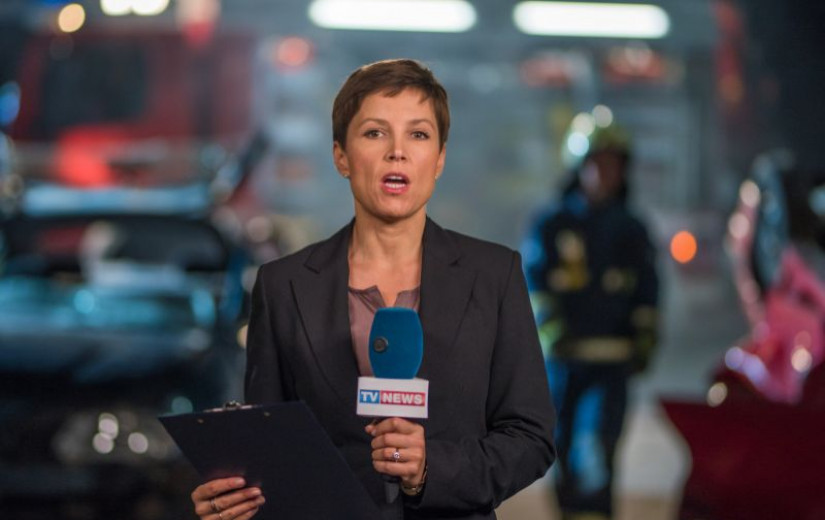
Bairaj Chawalgami
As Bihar braces for its high-stakes assembly elections, the political climate in the state is heating up with every passing day. The tussle over seat sharing between alliance partners has thrown both the ruling National Democratic Alliance (NDA) and the opposition Mahagathbandhan, also known as the INDIA bloc, into confusion and chaos. With the nomination process for the first phase of polling-scheduled for November 6-having begun on October 11, uncertainty continues to grip both camps as they struggle to finalize seat distribution and select candidates. The intricate dance of alliances, negotiations, and rival ambitions underscores how political equations in Bihar are undergoing rapid transformation. What was once considered a predictable political theatre has now turned into an unpredictable battleground, driven by shifting loyalties, inflated ambitions, and the persistent challenge of balancing regional aspirations with national compulsions. The seat-sharing imbroglio reflects the difficulty of managing pre-poll alliances in a state where every constituency carries historical, social, and caste-based weight, and where the margin between victory and defeat often depends on fragile coalition arithmetic.
Within the NDA, talks have been intense yet inconclusive. Sources within the Bharatiya Janata Party (BJP) indicate that internal seat-sharing negotiations are nearing completion and may be formalized within a couple of days. Once that happens, the party is expected to release its first list of candidates. The Janata Dal (United), or JDU, led by Chief Minister Nitish Kumar, is reportedly preparing to announce its list soon thereafter. The Lok Janshakti Party (Ram Vilas), headed by Chirag Paswan, has emerged as a particularly assertive ally, demanding 45 seats, while the NDA leadership has so far offered only between 20 and 22. As discussions continued through Friday, Union Minister Dharmendra Pradhan, the BJP’s in-charge for Bihar, arrived in Patna to oversee the negotiations personally. Insiders speculate that a settlement could be reached soon, with BJP likely to contest around 101-102 seats, the JDU about 102-103, and the LJP between 20 and 23, while smaller allies like Hindustani Awam Morcha (HAM) and Rashtriya Lok Morcha (RLM) might receive around seven seats each.
Meanwhile, in a surprising twist, Prashant Kishor’s recently launched outfit, Jan Suraaj, took the lead by announcing its list of 51 candidates on Thursday, capitalizing on the indecision of the larger alliances. Kishor’s move not only demonstrated political agility but also sent a clear message that Bihar’s political space is ripe for new entrants willing to act decisively while established coalitions continue to bicker over numbers. In Delhi, negotiations also gained momentum as Union Minister of State for Home Affairs Nityanand Rai met Chirag Paswan for the second consecutive day, claiming that the talks were moving in a “positive direction.” Nevertheless, the growing restlessness among smaller allies reflects the deeper malaise within both alliances: a clash between aspiration and accommodation. Regional parties in Bihar, which rely heavily on the organizational strength and resources of national parties, now seek greater autonomy and visibility. This dynamic is not new to Bihar’s politics, but it has grown more pronounced in an era of competitive populism and social media-driven political branding. Political observers in Patna note that the ongoing confusion within both the ruling NDA and the opposition INDIA bloc reveals the inherent fragility of coalition politics in the state. Seat-sharing negotiations have become less about ideological compatibility and more about survival, visibility, and symbolism. For smaller parties, the number of seats contested translates into political legitimacy; for larger parties, conceding too many seats means the risk of eroding their dominance. The resulting tension has produced a deadlock that mirrors the complex nature of Bihar’s multi-layered political ecosystem.
The Mahagathbandhan, led by the Rashtriya Janata Dal (RJD), faces similar turbulence. Its allies-particularly the Left parties-are reportedly discontented with what they describe as “unrealistic” and “insulting” offers. While the RJD remains the principal force within the opposition bloc, its attempts to balance ally expectations have proven difficult. The INDIA bloc, which initially sought to project a united front against the NDA, now finds itself entangled in the same web of ego clashes, electoral calculations, and internal rifts. The unfolding drama has also brought an unusual poetic touch to Bihar’s political discourse. Hindustani Awam Morcha (HAM) chief and former Chief Minister Jitin Ram Manjhi invoked lines from Ramdhari Singh Dinkar’s Rashmirathi to press for a fair share of seats, turning a negotiation table into a stage of lyrical protest. His poetic appeal, though couched in metaphor, carried unmistakable political meaning: the struggle for recognition and respect within an alliance dominated by larger partners. Across the aisle, some Mahagathbandhan leaders have also resorted to emotive rhetoric, calling their seat offers “insulting proposals” that undermine the spirit of partnership.
This interplay of poetry and politics, of negotiation and nostalgia, captures Bihar’s unique political culture-where historical memory, personal pride, and power play often intersect. Every election in the state unfolds like a complex narrative of continuity and change, with alliances made and unmade, leaders rising and fading, and ideologies morphing to fit the contours of convenience. What makes the current situation even more intriguing is the absence of a clearly defined leadership face in both major camps. While Nitish Kumar remains the most experienced administrator in the state, questions persist about whether he still commands the same influence he once did. The opposition bloc, meanwhile, has not been able to project a single credible chief ministerial candidate capable of uniting its diverse partners. This leadership vacuum, combined with the internal friction over seat distribution, has injected an additional layer of uncertainty into the political contest.
As Bihar gears up for yet another fiercely contested election, the atmosphere is charged with intrigue and anticipation. Beyond the visible disagreements over numbers lies a deeper churn – the generational shift in leadership, the tussle between traditional vote banks and new political aspirations, and the test of whether alliances built on convenience can withstand the pressures of ambition.
In the final analysis, the ongoing tussle over seat sharing is not merely about arithmetic. It is a reflection of the larger transformation sweeping Bihar’s political landscape-where poetry meets pragmatism, where rhetoric masks rivalry, and where every seat has become a symbol of survival. Amid this backdrop of uncertainty and ambition, one truth remains: in Bihar’s ever-evolving political theatre, every handshake is tentative, every promise conditional, and every alliance-fragile yet fiercely fought for.









